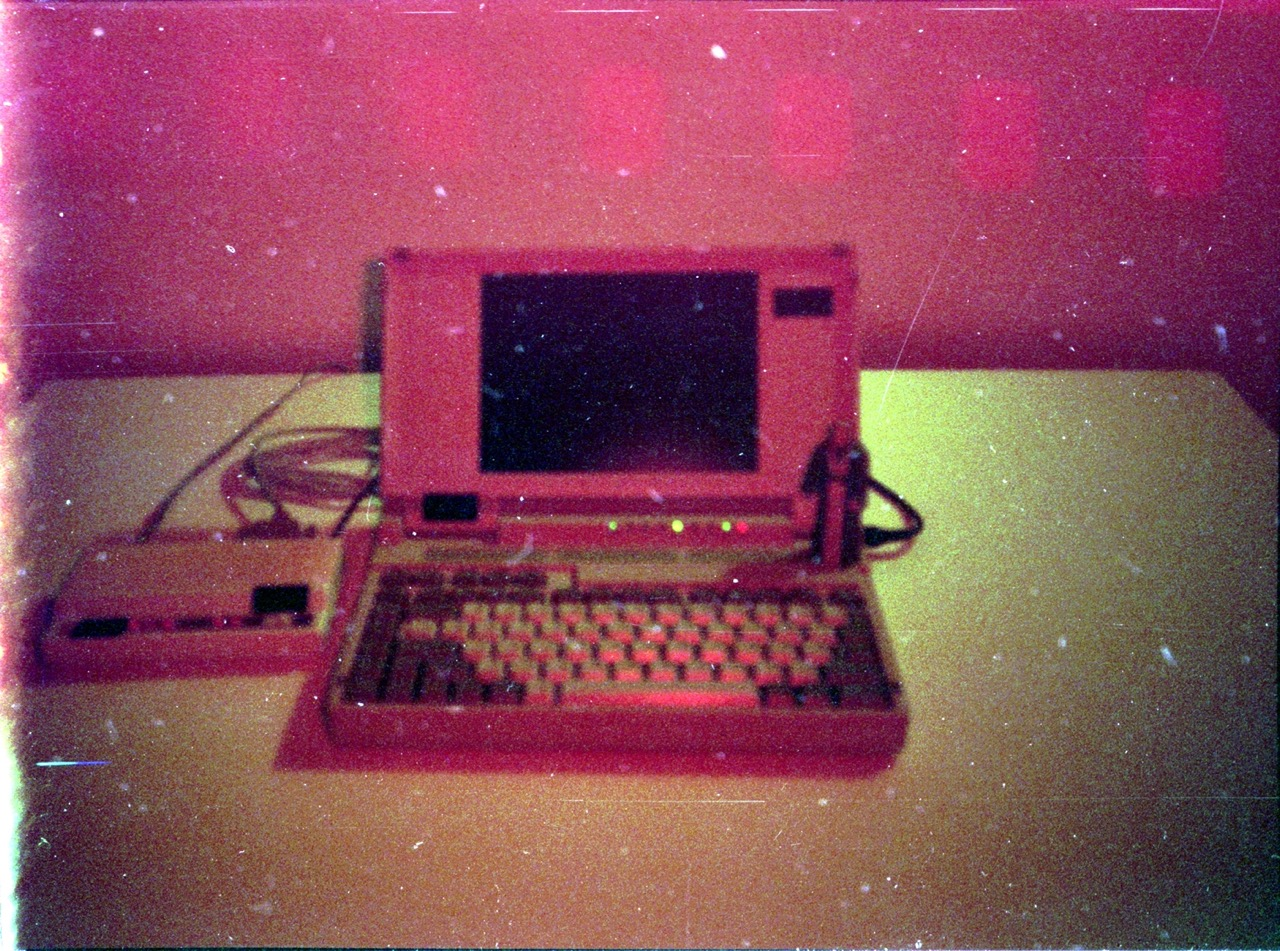Just note that if you 3D print something, if you use the wrong material, there’s a chance it may melt.
- 0 Posts
- 20 Comments
~$2500USD/ea, for anyone else as curious as me

 2·2 years ago
2·2 years agoOut of curiosity, what’s wrong with medium? (Serious question)
Great explanation. Yes - I’ve done this before! Built up a system with a RAID array but then realized I wanted a different boot drive. Didn’t really want to wait for dual 15Tb arrays to rebuild - and luckily for me, I didn’t have to! Because the metadata is saved on the discs themselves. If I had to guess (I could be wrong though) - I believe ‘sudo mdadm —scan —examine’ should probably bring up some info about the discs, or something similar to that command.

 3·2 years ago
3·2 years agoIt kinda looks like a marigold to me. If the leaves are crunchy, it’s underwatered. There’s a chance that some of it is still alive so you may see some small growth start to pop up - but usually, everything that’s crunchy is totally dead. If it’s mushy or limp, it’s underwatered - which unfortunately is probably worse.
Is it a hardware raid or a software raid? If it’s software (not sure abt hardware), the discs themselves should have the array’s metadata on it, and you can just use mdraid & restart the array.
Congrats! Looking wonderful :)

 1·2 years ago
1·2 years agoI’d personally be super surprised if they were outsourcing their firmware engineering - but I do suppose it’s technically possible.

 2·2 years ago
2·2 years agoAhh, yeah. Neither would I. I would expect my USB sticks to last longer than that, lol.
That aside - here’s a fun fact. We sell the NAND from scrapped SSDs that we no longer need for development to a third-party vendor that actually desolders it and uses it for flash drives. So… you never really know what kinda flash storage you get on your flash drives! (Or… we did do this, until the program recently got shuttered because NAND is so damn cheap now)

 3·2 years ago
3·2 years agoI do agree with the plastic brick part - but there is actually reasoning behind that second part - the read-only mode. That happens when the flash is down to a very low amount of life left (usually predetermined by the manufacturer). It is by design because the flash will degrade further if you continue to write to it, so by forcing it to read-only mode, users can still recover their data in a failing/aging SSD. Not to say it isn’t a huge pain in the ass when that happens though, lol

 7·2 years ago
7·2 years agoThese failures don’t have to do with where they’re manufactured - it seems like this is some sort of firmware bug. NAND doesn’t really just choose to wipe itself at random. Actual NAND chip failures are few and far-between, so this is very likely much more than a hardware issue.
That said, I personally have done a lot of testing with WD-manufactured NAND, compared other companies’ NAND - and the WD NAND is pretty crap. I can’t really go into further details than that, though.
Source - I’m an SSD firmware engineer.
Windows
on ARMis a steaming pile of garbage

 1·2 years ago
1·2 years agoBest of luck!!
Minecraft. I’ve gotten sucked in all over again, lol. Happens every other year at this point

 3·2 years ago
3·2 years agoLuddite gang

 20·2 years ago
20·2 years agoWould you guys consider creating any sort of houseplants community? Plantclinic community, and/or succulents community? If I’m being entirely honest those are the ones I miss the most, and the ones on other communities still aren’t very active/don’t exist (in the case of succulents, as far as I can tell!). /c/greenspace helps to fill the void a bit but doesn’t quite do it

 1·2 years ago
1·2 years agoNot sure I’d call those “obscure” though, lol

 1·2 years ago
1·2 years agoAmong what everyone else is saying. Customizable color schemes! If I could browse Lemmy with a solarized dark-esque color scheme, I may actually cry…

 2·2 years ago
2·2 years agoAnd then you’d have the following processors be called the Intel Core 360, followed by the Intel Core 1


So for padding, it sometimes depends on how your compiler works, but usually, it doesn’t pack bytes by default - that needs to manually be done. Otherwise, a uint32 followed by 2 uint16s, for example, will take up the space for 3 uint32s (in a 32-bit native compiler). If you manually specify packing (implemented differently depending on your compiler and such), then it will pack those all properly into just 2 uint32s.
I do imagine 24 bits followed by 16 more in a bit field for a 32-bit number would potentially cause problems. But it’s late here and I could certainly be wrong so take that with a grain of salt.
That also said, I typically don’t use bitfields directly in structures - it’s not usually good practice, at least where I work. I’d either do a uint8[3] or use a whole uint32 that is a union, and in the union would be your :24 followed by a reserved : 8, if that makes any sense. It’s sometimes worth it to leave a few extra bytes in there just from an organization standpoint.